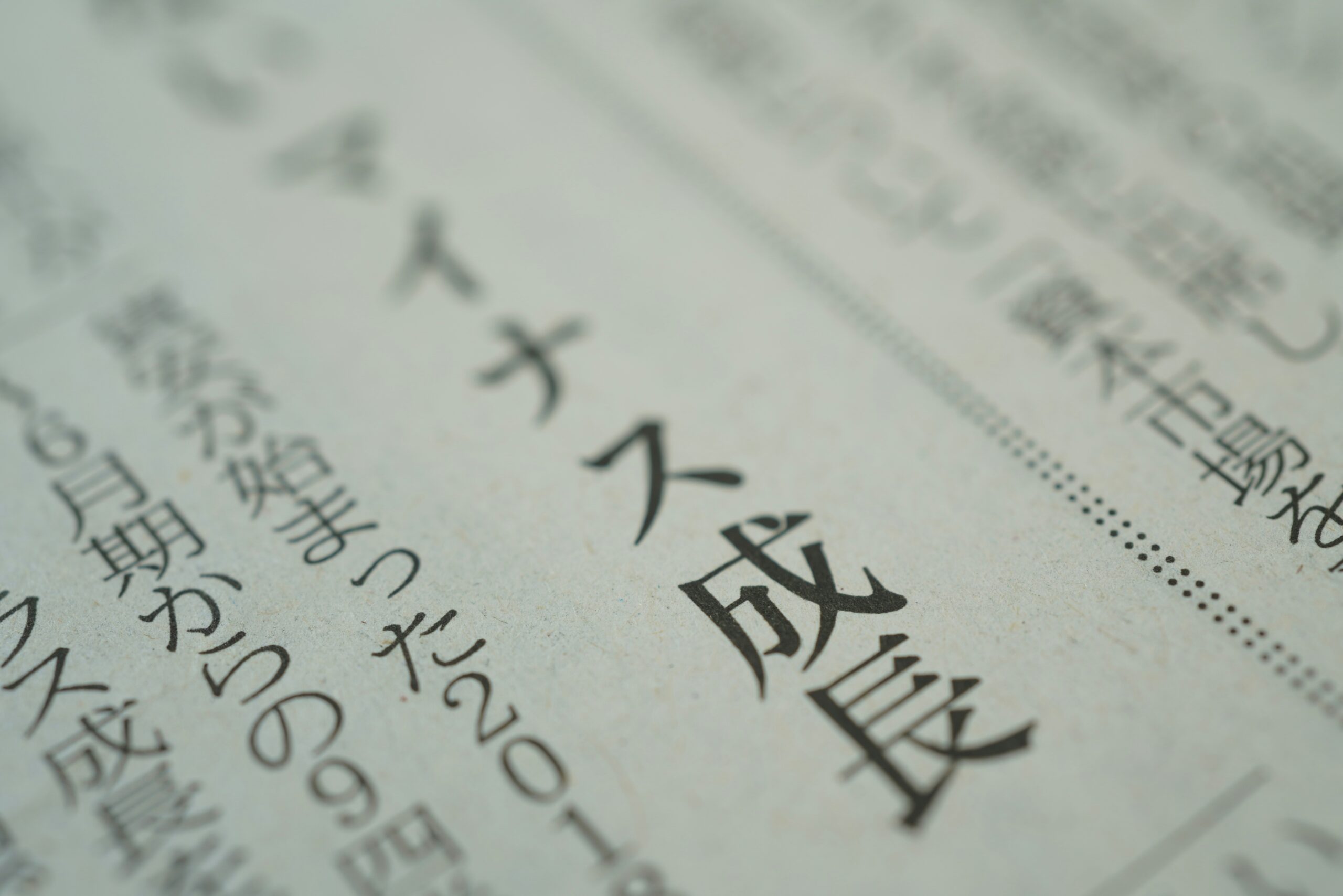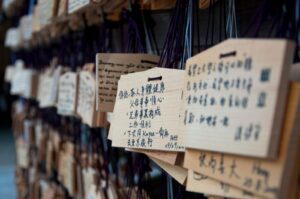In the heart of the East lies a language as intriguing as it is complex. Japanese, with its rich history and deep cultural roots, beckons learners and linguists alike to unlock its many secrets. From the ornate characters of Kanji to the nuances of Keigo, the Japanese language offers a fascinating study into the interplay between tradition and modernity. This article embarks on an exploratory journey through the layers of Japanese, uncovering the mysteries that have captivated minds for centuries and offering insights into mastering this beautiful language.
The Enigma of Japanese: An Introduction
The Japanese language, Nihongo as it’s known in its native tongue, is shrouded in an aura of mystique. Unlike many languages, its origins are not definitively traced, weaving a tapestry of hypotheses but no clear lineage. With three distinct writing systems—Kanji, Hiragana, and Katakana—and a plethora of grammatical nuances, Japanese stands as a linguistic puzzle waiting to be solved. It is the language’s unique structure, combined with a deep-seated cultural significance, that entices scholars and enthusiasts to delve into its depths. For learners, understanding its complexity is not just about mastering communication but about connecting with Japan’s soul.
Deciphering Kanji: Symbols with a Story
Kanji, the characters borrowed from Chinese, are more than mere symbols; they are visual narratives. Each Kanji represents an idea or object, with over 50,000 characters, though daily use circulates around 2,000. Learning Kanji is akin to embarking on an archaeological dig, where each character unveils its own history and relationship with the culture. It’s a challenging yet rewarding endeavor, as proficiency in Kanji opens up literary doors and provides a deeper understanding of the Japanese mindset, where a single character can convey a multitude of meanings and emotions.
Hiragana and Katakana: The Alphabetic Duo
In contrast to the pictorial Kanji, Hiragana, and Katakana offer a phonetic approach to Japanese writing. Hiragana is used for native Japanese words, serving as the backbone for conjugations and grammar, while Katakana is reserved for foreign loanwords, names, and onomatopoeia. These syllabaries, each consisting of 46 characters, are the first step for beginners, providing a gateway to the language’s sound system. Mastery of these alphabets is crucial, as they are the building blocks for reading and writing, bridging the gap between speaking and fully engaging with Japanese content.
The Role of Okurigana in Understanding Context
Okurigana, the Hiragana characters that follow Kanji, play a pivotal role in the Japanese language, offering clues to the verb’s tense, mood, or the adjective’s degree. These trailing characters are essential in providing context, as many Kanji have multiple readings and meanings. Understanding okurigana is critical for comprehension, as it unravels the nuances of Japanese sentences, revealing the subtle textures of meaning that are often lost in translation. It’s a linguistic dance, where okurigana guides the reader through the melody of the sentence.
Diving Deep into Japanese Grammar and Syntax
Japanese grammar and syntax present a world vastly different from that of Western languages. With its SOV (Subject-Object-Verb) order, the verb always comes at the end of the sentence, creating a suspenseful build-up to the action. Particles, small words that indicate the relationship between words, are the glue that holds sentences together, marking the subject, object, and other elements. Understanding these particles is crucial, as they often determine the sentence’s meaning. Additionally, the absence of gender and plural forms simplifies some aspects while the levels of politeness and verb conjugations add layers of complexity.
The Politeness Principle: Keigo Explained
Keigo, or honorific speech, is a cornerstone of Japanese language and culture, reflecting the society’s values of respect and hierarchy. It encompasses three main levels: sonkeigo (respectful language), kenjougo (humble language), and teineigo (polite language), each used in different contexts to convey the speaker’s relationship and status relative to the listener. Mastering keigo is a daunting task for learners, as it requires not only linguistic skill but also cultural understanding. However, its proper use is paramount in professional and social settings, epitomizing the grace and subtlety of Japanese communication.
Loanwords in Japanese: A Glimpse of Global Influence
The Japanese language, while steeped in tradition, is not immune to the winds of change and globalization. Gairaigo, or loanwords, primarily from English, pepper the Japanese lexicon, offering insights into the cultural exchange between Japan and the world. From "kissaten" (café) to "konpyuuta" (computer), these adaptations highlight Japan’s ability to incorporate foreign concepts while maintaining linguistic integrity. The incorporation of Gairaigo showcases the adaptability and evolving nature of Japanese, mirroring the society’s balance between preservation and progress.
Regional Dialects: Japan’s Linguistic Diversity
Far from being monolithic, the Japanese language flourishes in diversity through its regional dialects, or "hogen." From the distinct intonations of Kansai-ben in the west to the brisk clip of Tohoku-ben in the north, these dialects echo Japan’s geographical and historical diversity. Each dialect carries its unique vocabulary, pronunciation, and grammar, revealing the local identity and cultural nuances. For language learners, exposure to these dialects not only enriches the linguistic experience but also offers a more holistic view of Japan’s rich cultural tapestry.
Mastering Japanese: Tips from Language Experts
Language experts agree that mastering Japanese requires a multi-faceted approach. Immersion is key—engaging with native speakers, consuming Japanese media, and practicing daily are crucial steps. Additionally, understanding the cultural context in which the language operates opens up deeper layers of meaning and nuance. Tools such as flashcards for Kanji, language exchange apps, and regular writing practice can accelerate learning. Patience and persistence are indispensable companions on this journey, as the depth and complexity of Japanese offer endless opportunities for discovery and mastery.
The Evolution of Japanese: Historical Insights
The Japanese language is not static; it has evolved significantly over the centuries, influenced by internal developments and external contacts. From the classical prose of the Heian period to the assimilation of Chinese characters, Japanese has continuously adapted, reflecting the changing social, political, and technological landscapes. The post-war era, in particular, saw a significant shift with the simplification of Kanji and the incorporation of Western concepts and technologies, highlighting the language’s resilience and dynamism.
Japanese in the Digital Age: Tech’s Impact on Language
In the digital age, Japanese has embraced the challenges and opportunities presented by technology. From the creation of Kanji keyboards to the proliferation of language learning apps, technology has facilitated access to Japanese, breaking down barriers for learners worldwide. The internet has also fostered a global community of Japanese speakers and enthusiasts, creating a vibrant online culture that spans memes, gaming, and anime. As technology advances, the intersection of Japanese and tech continues to evolve, shaping the way the language is learned, used, and transformed.
Bridging Cultures: The Power of Learning Japanese
Learning Japanese is more than acquiring a new way to communicate; it’s an act of cultural bridge-building. Through the lens of language, learners gain insights into Japan’s history, values, and worldview, fostering understanding and appreciation across cultural divides. The journey to fluency is filled with challenges, but the rewards—access to a rich literary tradition, the ability to navigate one of the world’s leading economies, and a deeper connection with a fascinating culture—are immeasurable. In the age of globalization, the power of learning Japanese extends far beyond personal enrichment; it contributes to a more interconnected and empathetic world.
The secrets of the Japanese language, with its layers of history, culture, and innovation, offer a compelling journey for those willing to embark on the path of learning. From the ancient tales woven into Kanji characters to the modern dynamics of digital communication, Japanese presents a world of discovery. As we unravel the complexities and embrace the nuances, we find not only the keys to a language but to understanding a culture that has captivated imagination across the globe. The journey of learning Japanese is indeed a bridge to new horizons, a testament to the enduring power of language in connecting hearts and minds.



